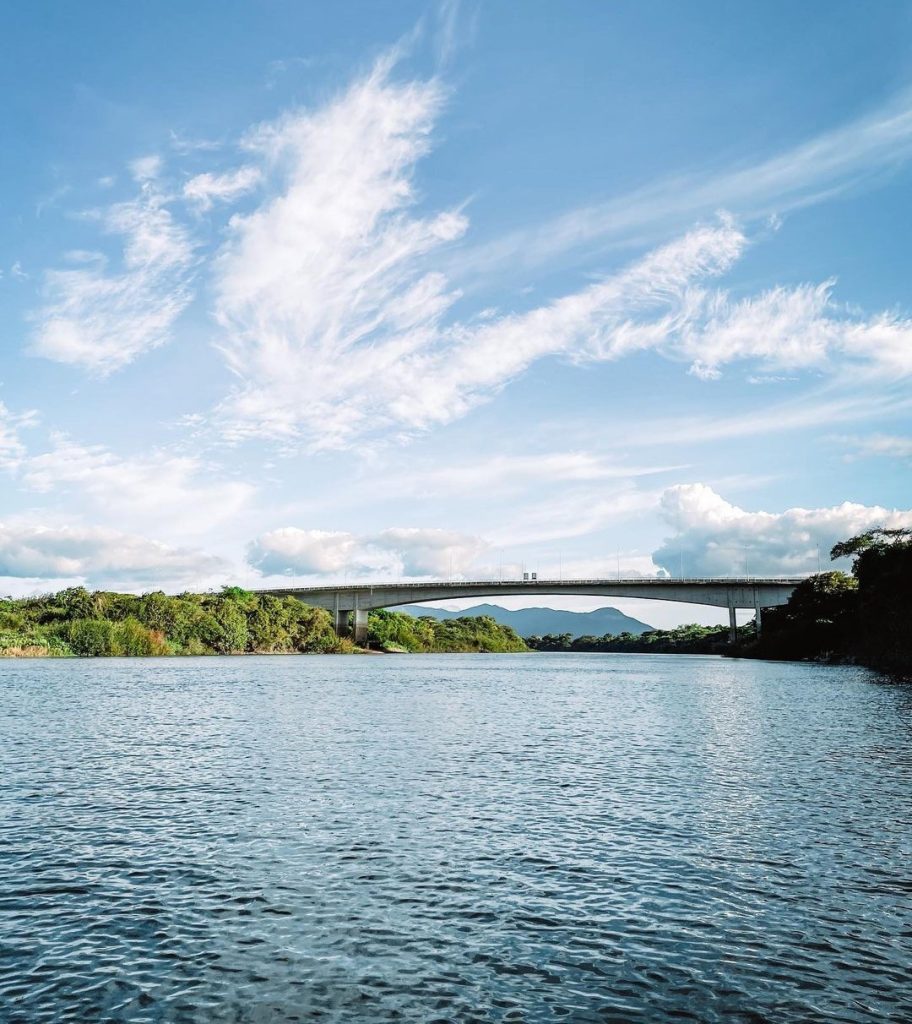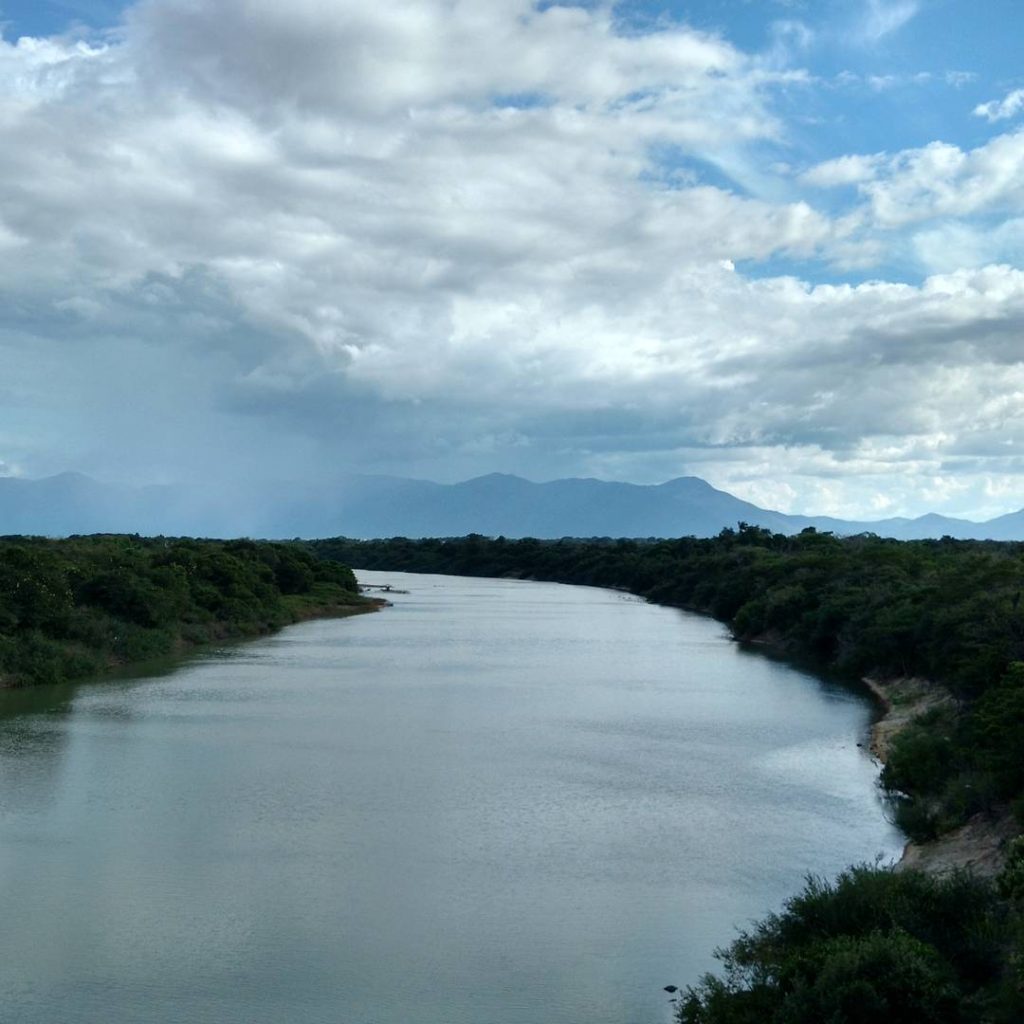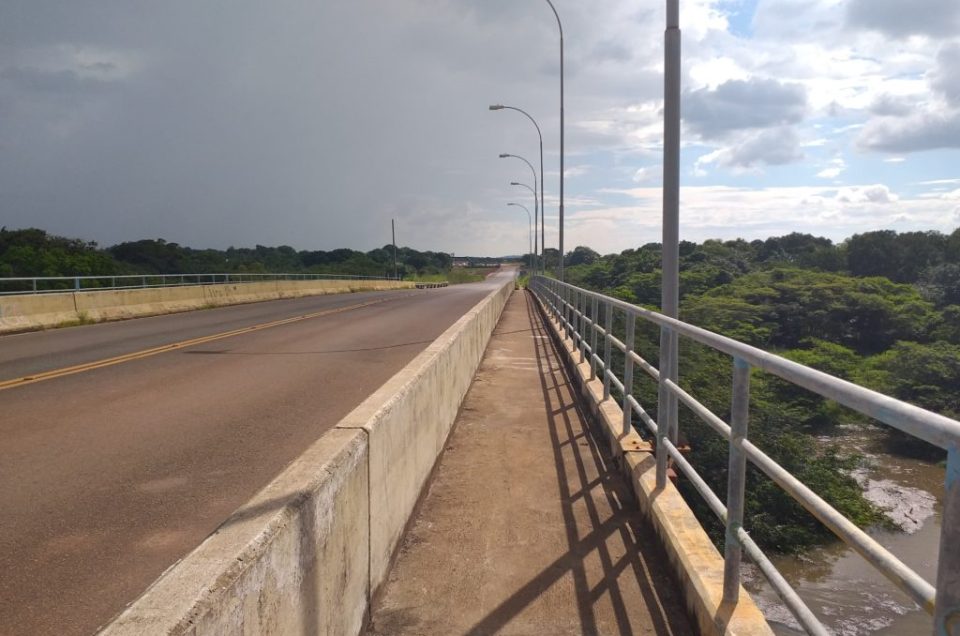
In the heart of South America, where the verdant expanses of the Rupununi Savannah intersect with the bustling landscapes of Brazil, stands the Takutu River Bridge. This engineering marvel not only physically connects the towns of Lethem in Guyana and Bonfim in Brazil but also serves as a potent symbol of the enduring friendship and economic cooperation between the two neighboring countries. As one of the primary conduits of trade, tourism, and cultural exchange, the Takutu River Bridge is a testament to the transformative power of infrastructure.
Historical Background

The vision for the Takutu River Bridge dates back to the 20th century, recognizing the potential for enhanced connectivity and economic growth. After years of planning and bilateral cooperation, the construction of the bridge commenced in 2001. Funded by the Brazilian government, this project was seen as mutually beneficial, aimed at reducing transportation costs, fostering cross-border trade, and enhancing social ties.
The bridge was completed in 2009 and officially inaugurated on September 14 of that year. Spanning approximately 1,900 feet (579 meters), the Takutu River Bridge is a single-lane steel structure with a separate pedestrian walkway, designed to accommodate both vehicles and foot traffic.
Economic Impact and Trade
Since its inauguration, the Takutu River Bridge has significantly bolstered economic activities in the region. By providing a direct route from the Guyanese town of Lethem to the Brazilian state of Roraima, including its capital, Boa Vista, the bridge has expedited the movement of goods and people.
For Guyana, the bridge has opened up a new avenue for exporting agricultural products like rice, livestock, and seafood to the Brazilian market. Conversely, Brazilian products, including manufactured goods, electronics, and vehicles, find a convenient route into Guyana. This economic symbiosis has stimulated growth on both sides of the border, creating jobs and fostering industrial development.
Tourism and Cultural Exchange
The Takutu River Bridge has also emerged as a vital artery for tourism. The Rupununi Region in Guyana, known for its rich biodiversity, sprawling savannahs, and indigenous cultures, attracts tourists eager to explore its natural beauty and experience its unique heritage. The bridge provides easy access for Brazilian tourists who wish to delve into the wonders of the Rupununi.
Conversely, Guyanese residents now have a straightforward pathway to explore the cultural and natural attractions of Brazil, from the bustling markets of Boa Vista to the Amazon Rainforest. The ease of movement facilitated by the bridge has cultivated a rich cultural exchange, fortifying the social fabric between the two nations.
Social Impact

Beyond its economic benefits, the Takutu River Bridge has had a profound social impact. Families and friends living in Lethem and Bonfim can now visit each other with greater ease, strengthening familial and social bonds. Many Guyanese have made Bonfim their home, and vice versa, reflecting the intertwined destinies of the two communities.
Moreover, the bridge facilitates access to healthcare and educational opportunities across the border. Residents of Lethem can avail medical facilities in Boa Vista, while Brazilian students can pursue educational programs in Guyana. This cross-border access to essential services underscores the role of the bridge in promoting social welfare and human development.
Challenges and Future Prospects
While the Takutu River Bridge has been instrumental in fostering growth, it has also faced challenges. Maintaining and managing cross-border security, ensuring smooth customs and immigration processes, and preserving the environmental sanctity of the surrounding areas are ongoing concerns that require continued bilateral cooperation.
Looking ahead, there are opportunities to further enhance the benefits of the bridge. Strengthening infrastructure in the Rupununi Region, promoting sustainable tourism, and expanding agro-industrial ventures are potential avenues for development. Concerted efforts to address challenges can ensure that the bridge remains a beacon of progress and unity for generations to come.
Conclusion
The Takutu River Bridge stands as more than a mere structure of steel and concrete; it is a lifeline that unites Guyana and Brazil in shared aspirations of prosperity and harmony. By facilitating trade, tourism, and cultural exchange, the bridge has brought the two nations closer and has laid the foundation for a brighter, more interconnected future. As the bridge continues to bear the weight of vehicles and pedestrians each day, it also carries the hopes and dreams of countless individuals who traverse its span, symbolizing the unyielding bond between Guyana and Brazil.

